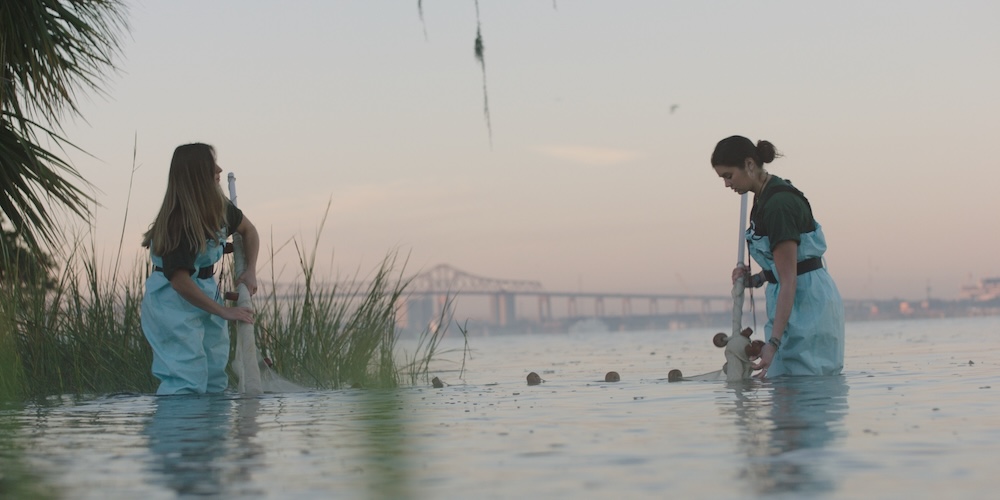As we wind down from what has been a very hot and wet summer, we look forward to the cooler weather ahead. Labor Day signals the end of summer and the call of fall, football and oyster roasts.
As some of you may know from previous columns, I grew up in Norfolk, Virginia, on the Elizabeth River and the Chesapeake Bay. Crab boils and oyster roasts were a family tradition. We had a fireplace in the backyard that was made just for oyster roasts. We never used it for hot dogs or hamburgers, maybe S’mores, but only after the oysters were gone.
We would start a fire and let the hot coals build up for several hours. There was a solid metal grill that sat on top. Once the fire had produced a sufficient pile of hot embers, one of the elders (they were all old to me at the time) would declare the pit ready. It was usually my Uncle Wesley who did the honors. He and my Uncle Marvin would argue about when the fire was ready. Uncle Wesley seemed to dominate the discussions and typically prevailed.
I had noticed that my dad stayed out of these discussions. He was a very mild mannered man who avoided conflict. It was many years later that I discovered that my dad’s family came from the Quaker Tradition and were gentle by nature. It’s a trait I see in myself with some degree of pride.
We would then dump oysters from a burlap sack onto the grill along with a little water and then cover them with that same burlap sack to let them steam. At that point, you jockeyed for position near the grill and shucked until you were nudged out of position. The longer the oyster stayed on the grill, they drier they became.
We would gradually rake the oysters towards the front, so you could begin to select the degree of “doneness” by where in the process you pulled your oyster. I still prefer a mostly raw oyster with just enough heat to make them easy to shuck.
Perhaps the bravest and maybe hungriest person ever was the one who ate the first raw oyster. All mollusks are edible, so it may not have been that farfetched to try to eat one. There are massive mounds of oyster shells that are an indication how many oysters the indigenous people of the southeast used to consume.
Oysters are very common in the St. Johns River. There is fossil evidence that they have been around for approximately 15 million years. Juvenile oysters are called spats and become an adult and able to reproduce when about one year old. They can live as long as 20 years.
Oysters can change their sex. In fact, they will often do it more than once. That is a trait seen in a number of other species and not unique to oysters.
Oysters breathe like fish—yes, they have gills, and are vegetarians. Well sort of. They eat algae by filtering it out of the water but mixed in are zooplankton. So, they are a bit of omnivores too. A single adult oyster can filter up to 50 gallons of water a day. That is about as much water as you use in a 10-minute shower.
As oyster generations settle on one another and grow, they form reefs that provide shelter for other animals, like fish and crabs. A raw oyster may still be alive as you eat it. If you're at a raw bar and someone shucks you a fresh oyster, it's likely still alive. Give it a poke with a fork next time to see if it moves. And remember oyster shells are recyclable, but we need a better system to collect discarded shells so we could use them to help build oyster reefs in the river. They help attract juvenile oysters.
So, why the rule that you only eat oysters in months with an “R” in them, September to April, not May through August? Oysters spawn in the summer months and are mostly small, watery and tasteless. During the winter they are storing up glycogen to reproduce, and are bigger, juicer and sweeter. I am a sticker when it comes to the “R” rule.
Glad you asked River Life.
Why have we had so few hurricanes this year?
If you had asked me in June if we would go through the end of August with no hurricanes forming in the Atlantic, my answer would have been “No Way”. Conditions seemed too conducive for hurricane formation. The ocean was very warm, and we had a La Nina for the third year in a row. What we did not know was that Africa would be so hot and dry with massive amounts of Saharan dust blowing across the Atlantic. It has been that hot, dry air that has suppressed hurricanes. Now we wait to see what is next.
River Life runs the first Tuesday of each month in The Times-Union. E-mail Quinton White, executive director of Jacksonville University’s Marine Science Research Institute, with questions about our waterways at qwhite@ju.edu. For more on the MSRI, visit ju.edu/msri.


